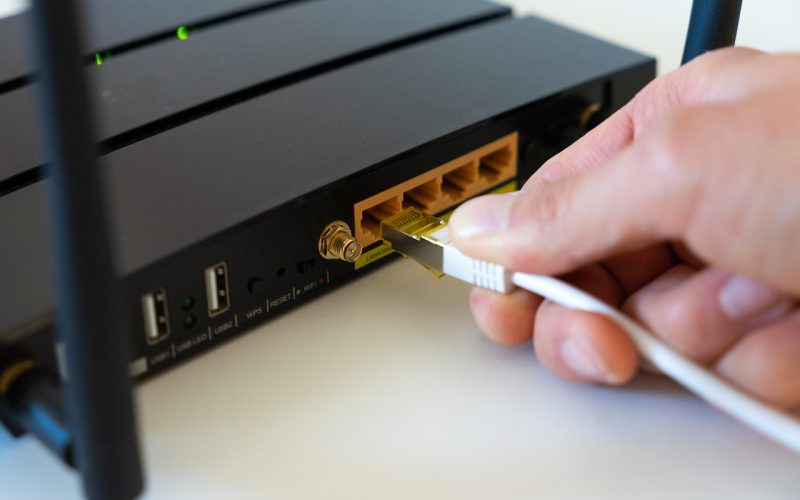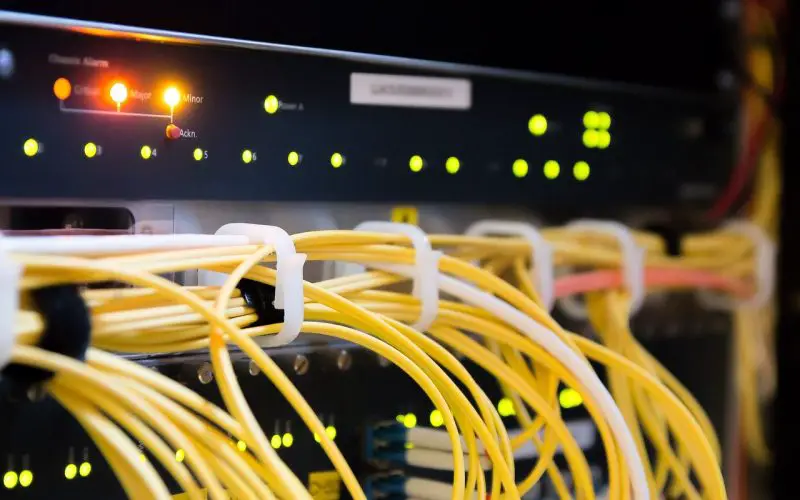
What Is Storage Area Network?
SAN is the simplest way to connect multiple servers. SAN allows centralized administration, eliminating the need for multiple servers to manage storage media. It also simplifies backups and scheduled maintenance. SAN is deployed in remote locations and often maintained in disaster-recovery conditions for instantaneous recovery. Whether you are using a single SAN or several asynchronously connected arrays, SANs are an essential part of your business. SANs are typically large and complex systems that pool storage and present it as a centralized target. They consist of a variety of networking devices, cabling, and software. The size of a SAN depends on…







